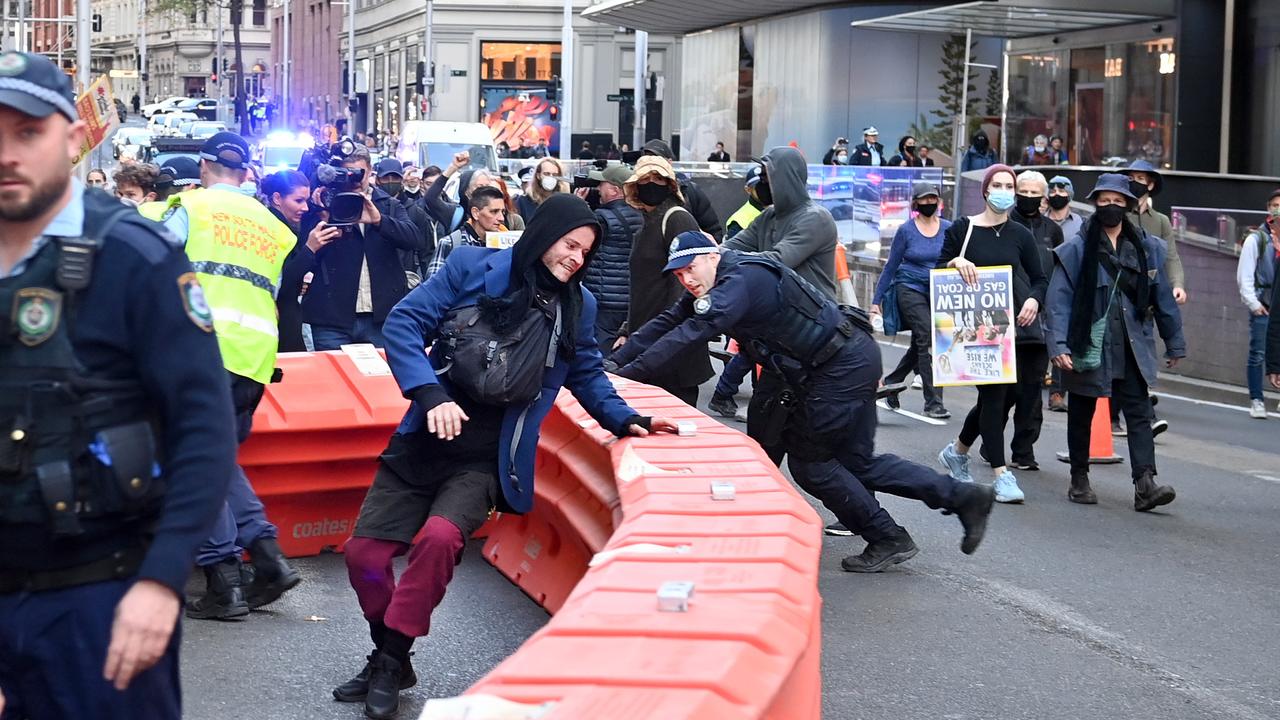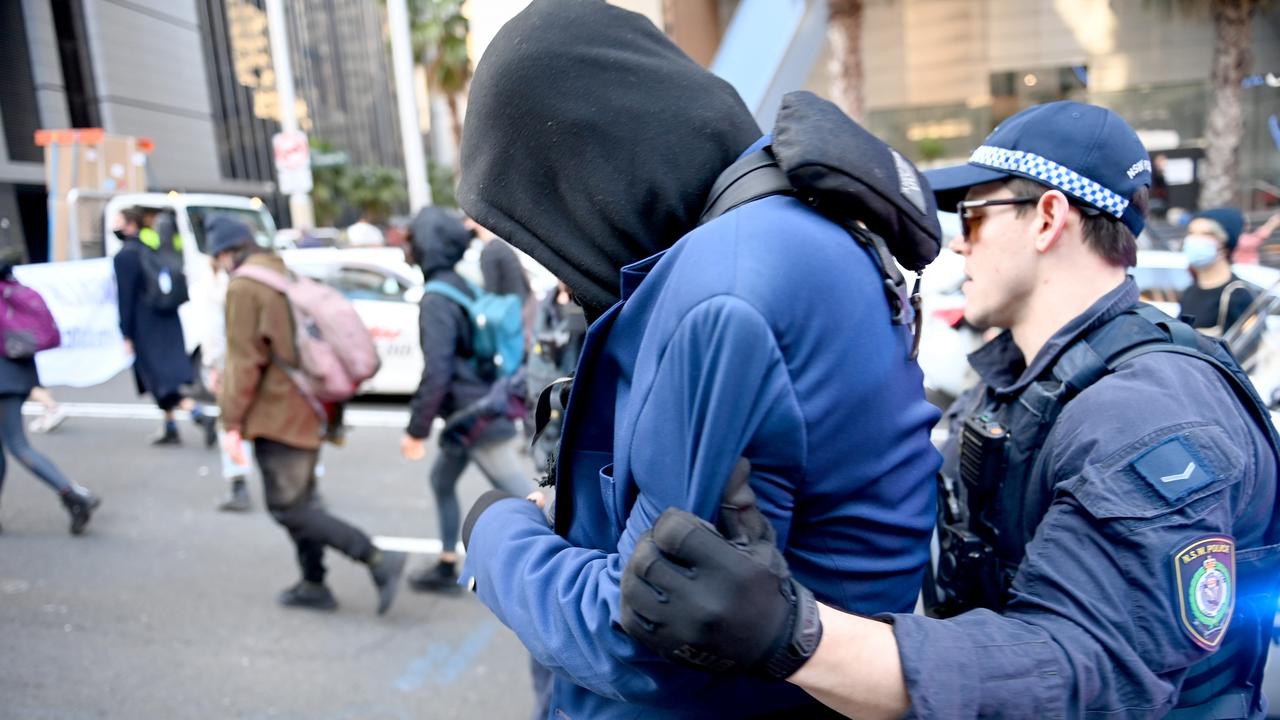Chinese fast fashion brand SHEIN is 'increasing threat to U.S. specialty retailers,' UBS says
Chinese fast fashion retailer SHEIN has become the "most downloaded" shopping app in the U.S., according to UBS Evidence Lab's Global App Monitor, as well as the "most searched-for [apparel] retailer in the U.S."
Founded in 2008, the online-only retailer of inexpensive clothes, beauty, and lifestyle products has become a global phenomenon in the age of TikTok. SHEIN has grown from a $15 billion valuation in 2020 to now being valued at $100 billion in a recent funding round, WSJ reports.
Strong momentum with consumers "explains much of the valuation increase," UBS analysts wrote. "The data also causes us to believe SHEIN is a major and increasing threat to US specialty retailers" such as American Eagle (AEO), Abercrombie & Fitch (ANF), Urban Outfitters (URBN), Victoria's Secret (VSCO), The Gap (GPS) "as well as Department Stores and Off-Price retailers."
Despite having no network of physical stores, SHEIN is the No. 1 brand on TikTok and has proven to be a huge success among Generation Z. The e-commerce site has been the second favorite website for shopping among teens (behind Amazon) for the last two years, according to Piper Sandler's semi-annual Gen Z survey.
The retailer's strength with a younger consumer comes from leveraging social media better than many of its competitors.
SHEIN's TikTok followers increased 162% year-over-year. The retailer has 1060% more followers than Macy's (M), according to UBS Evidence Lab's TikTok Tracker, and that has translated into 19% more Google searches than Macy's in May.
A UBS survey of 7,500 consumers in the U.S., U.K., Germany, China, Japan, South Africa, and Australia found that the SHEIN's average consumer is female, younger, and lower-income. Consumers on the site tend to buy casual wear and undergarments/sleepwear.
The top reason why U.S. customers are shopping SHEIN is its affordable pricing, the survey said. The site pushes discounts to the limit, offering blouses for $2.90 or a pajama set for less than $15. Other reasons consumers are drawn to the site, according to the survey, are its "style that suits me" and "on trend designs."
SHEIN has pursued an aggressive, data-driven “fast-fashion” business model, which has made the brand popular among price-sensitive consumers but also drawn criticism for its enormous environmental footprint. That poses a formidable challenge for the industry's push toward sustainability as well as for competitors.
"We continue to believe [specialty retailer] stock prices will remain under pressure," the UBS analysts wrote, citing inflation, market sentiment, and decelerating sales. "SHEIN represents another underappreciated headwind negatively impacting earnings for the public Softlines companies, in our view."
Dani Romero is a reporter for Yahoo Finance. Follow her on Twitter @daniromerotv




































 A police officer grabbed a protester by his backpack. Picture: NCA NewsWire / Jeremy Piper
A police officer grabbed a protester by his backpack. Picture: NCA NewsWire / Jeremy Piper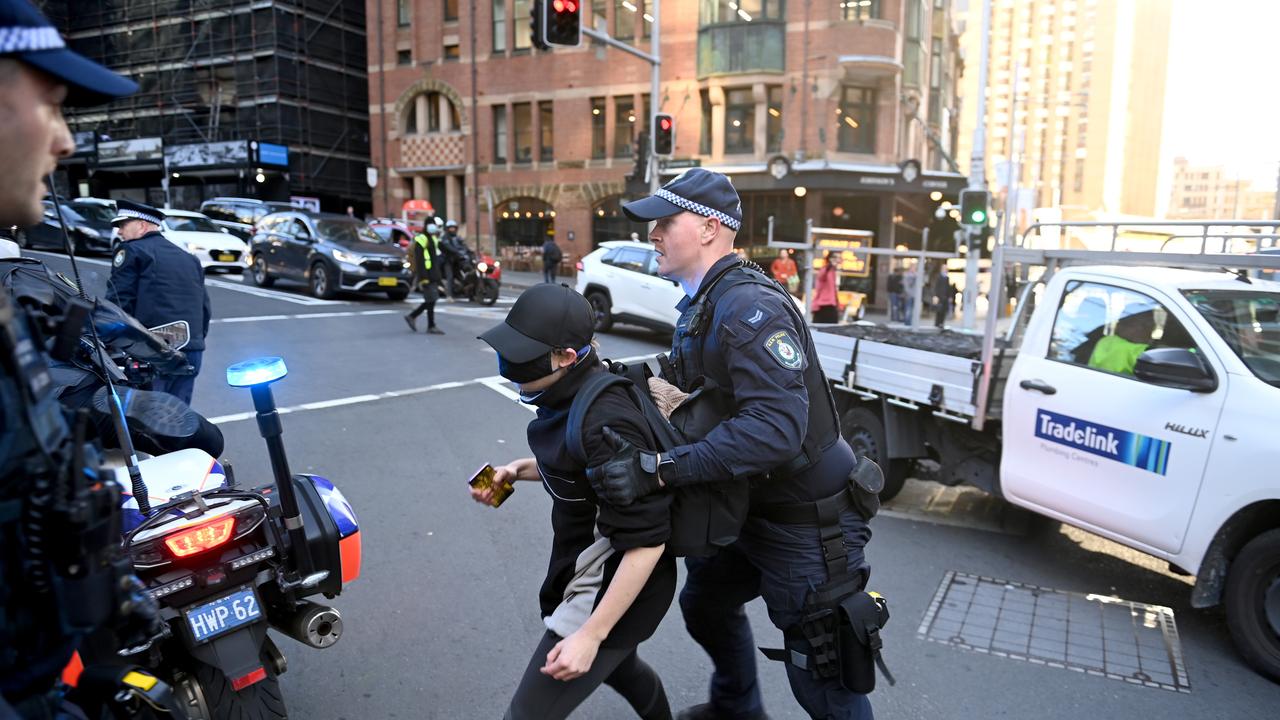 Police made 11 arrests throughout the morning with charges expected to be laid soon. Picture: NCA NewsWire / Jeremy Piper
Police made 11 arrests throughout the morning with charges expected to be laid soon. Picture: NCA NewsWire / Jeremy Piper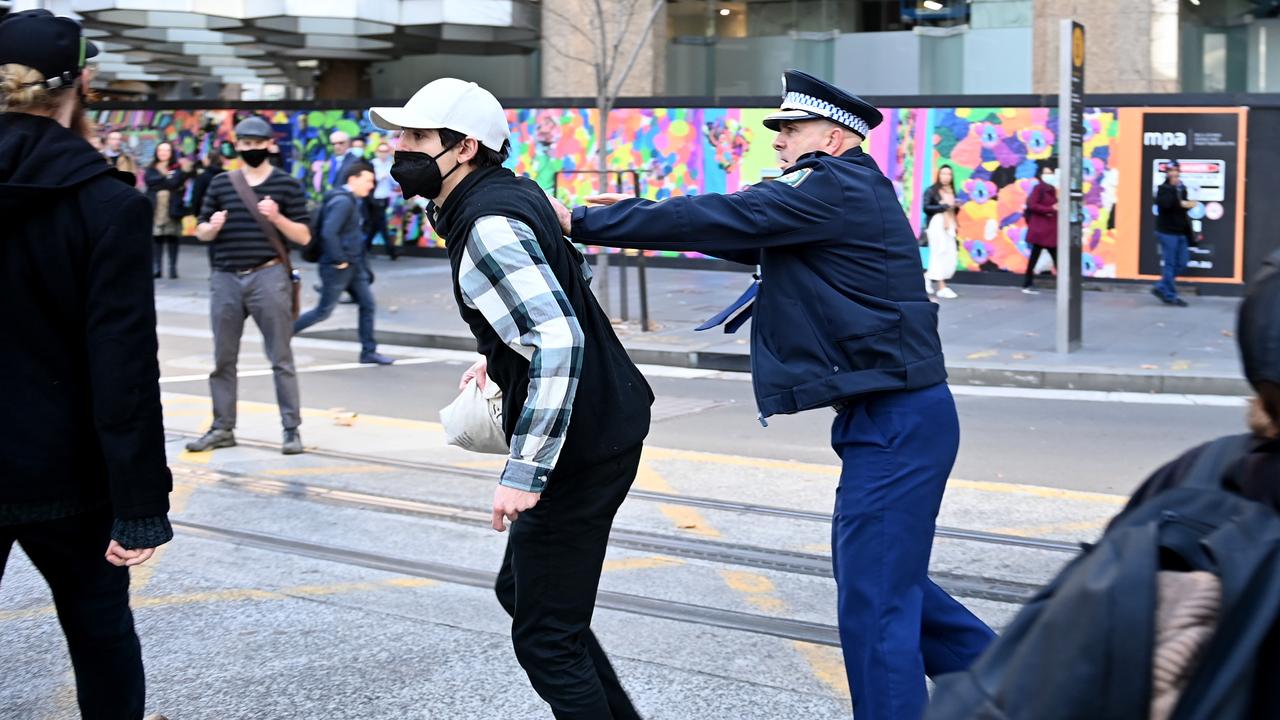
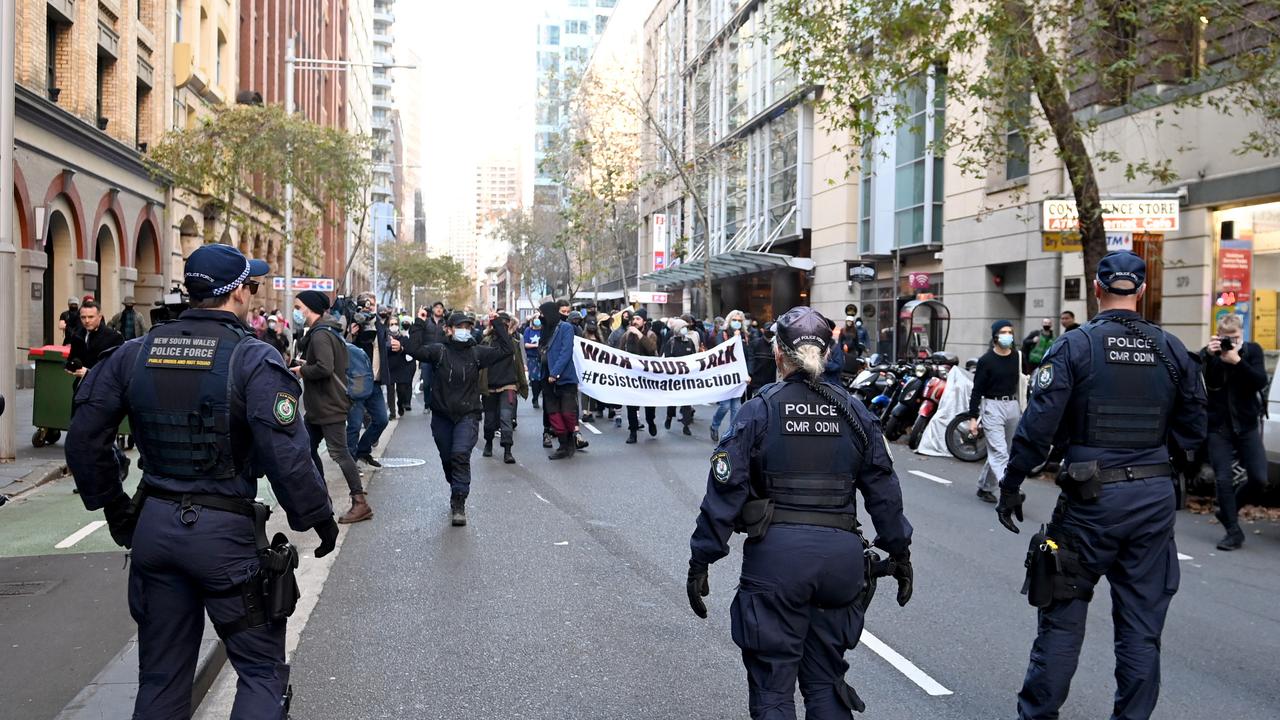 Police officers followed in step behind protesters marching through the streets. Picture: NCA NewsWire / Jeremy Piper
Police officers followed in step behind protesters marching through the streets. Picture: NCA NewsWire / Jeremy Piper

